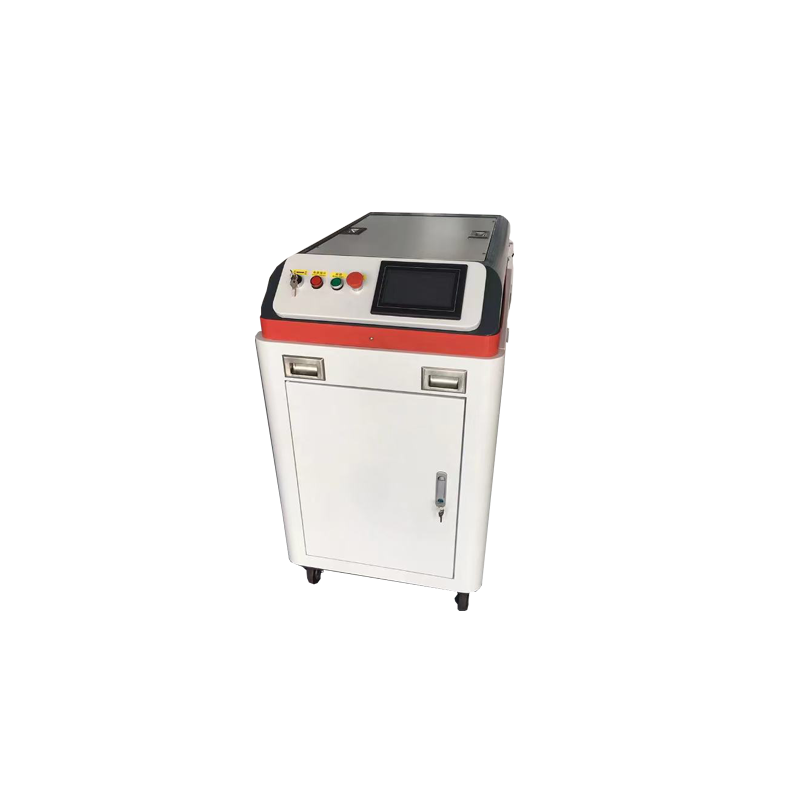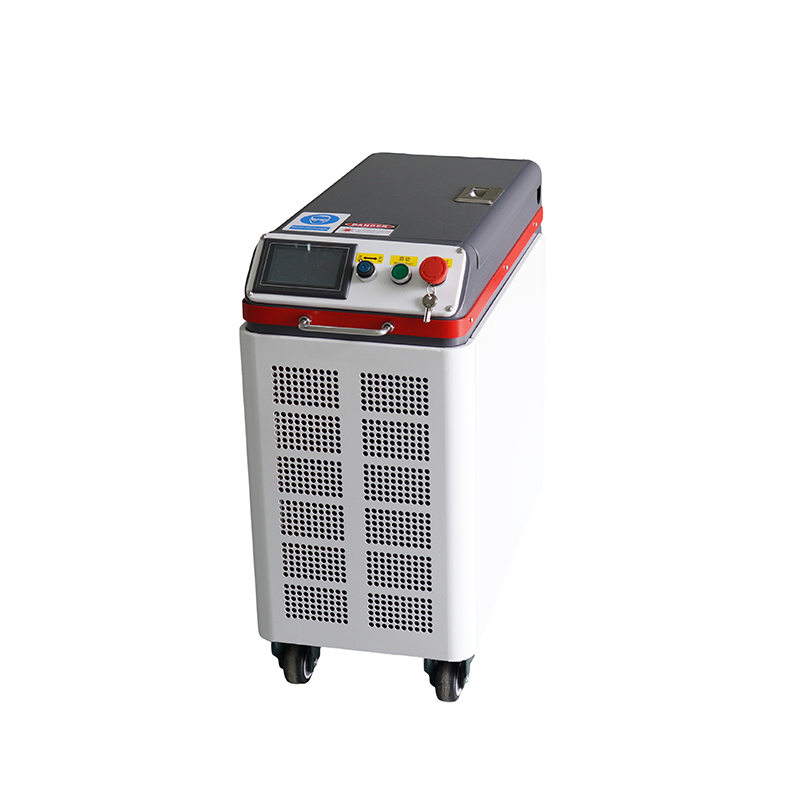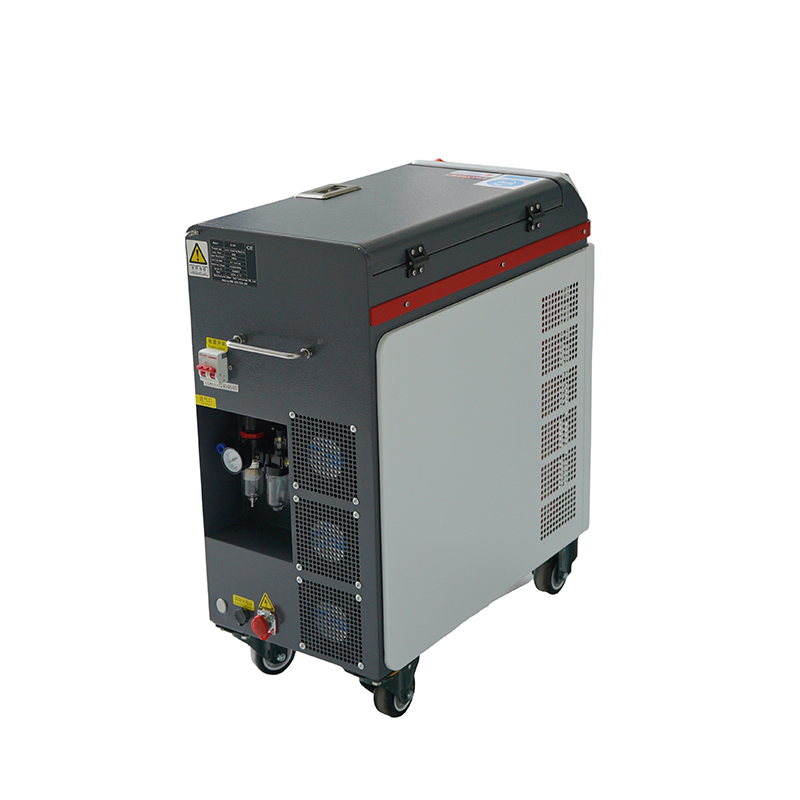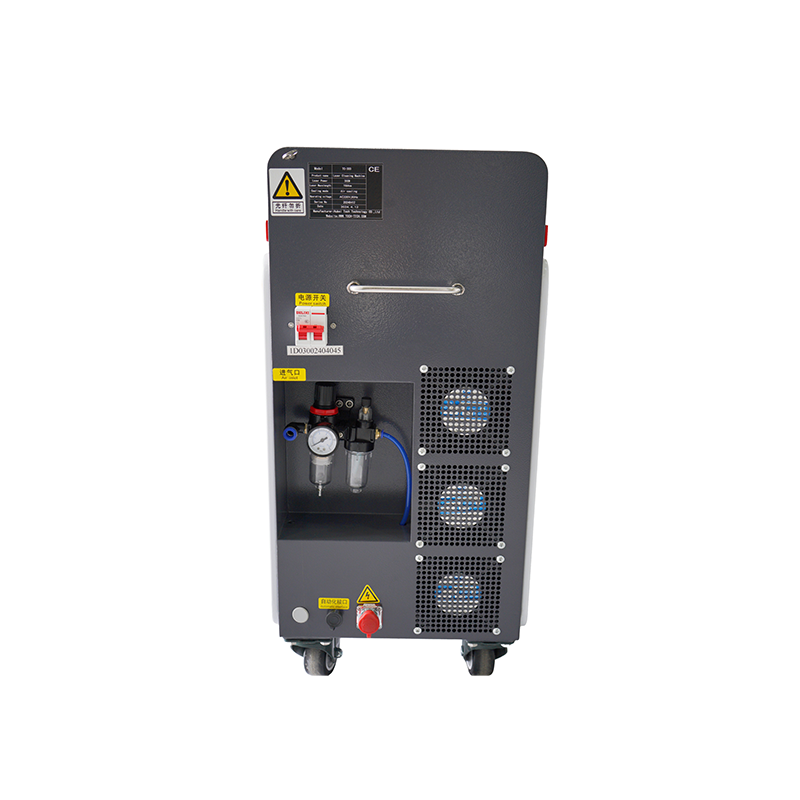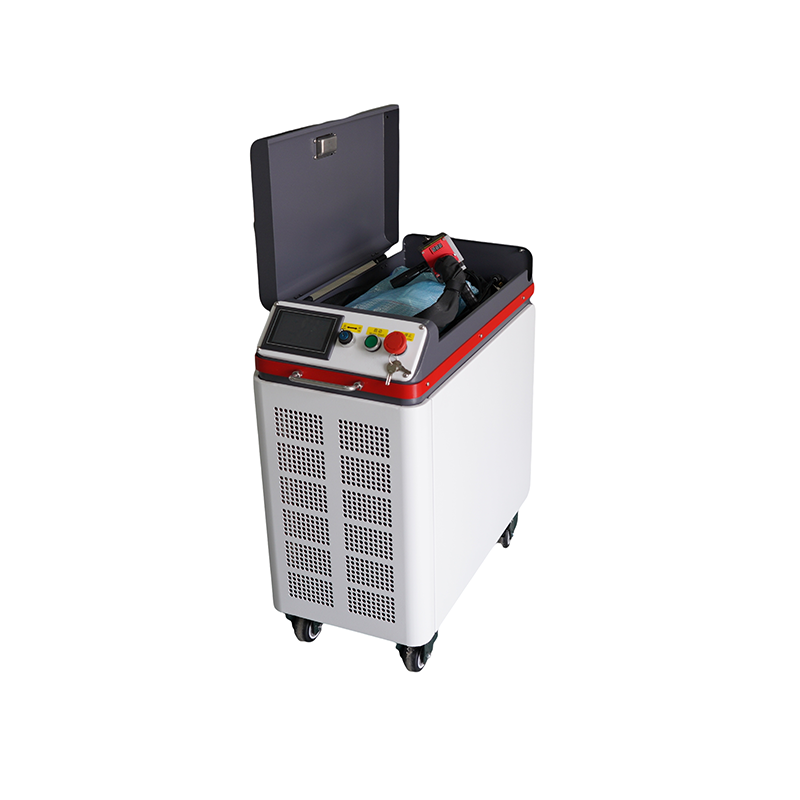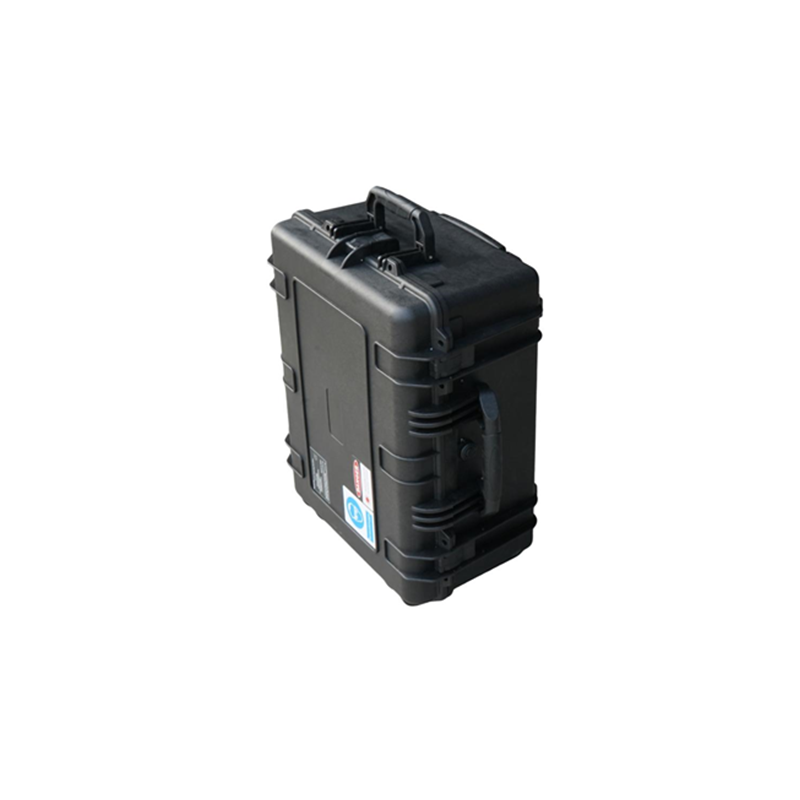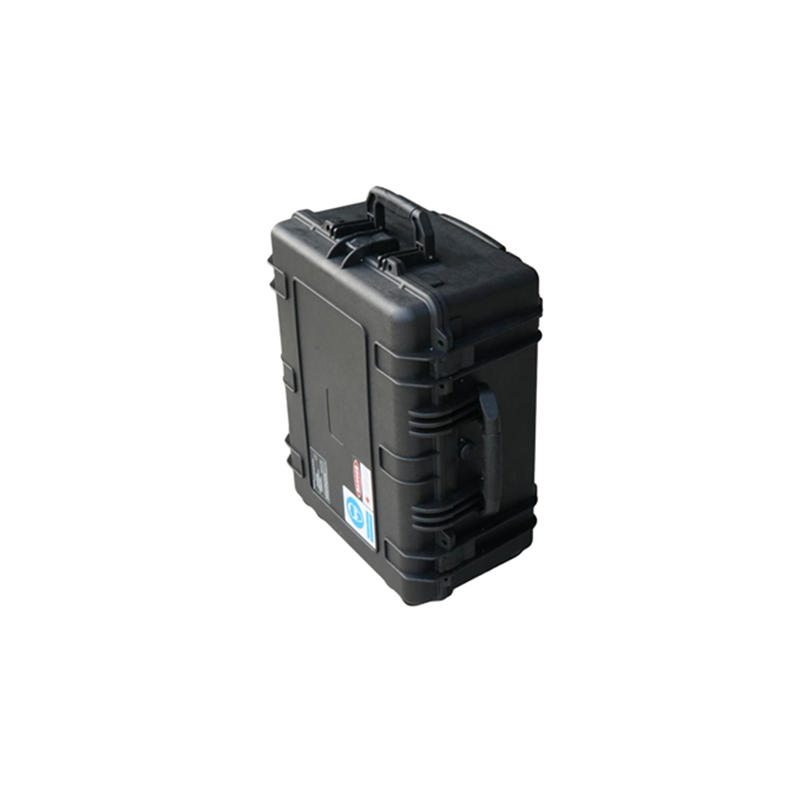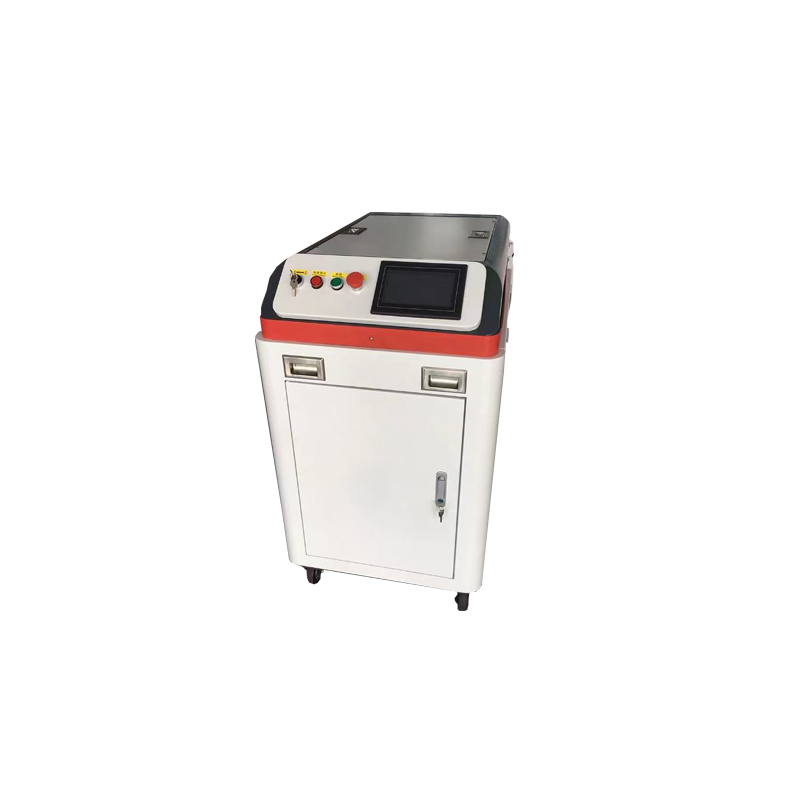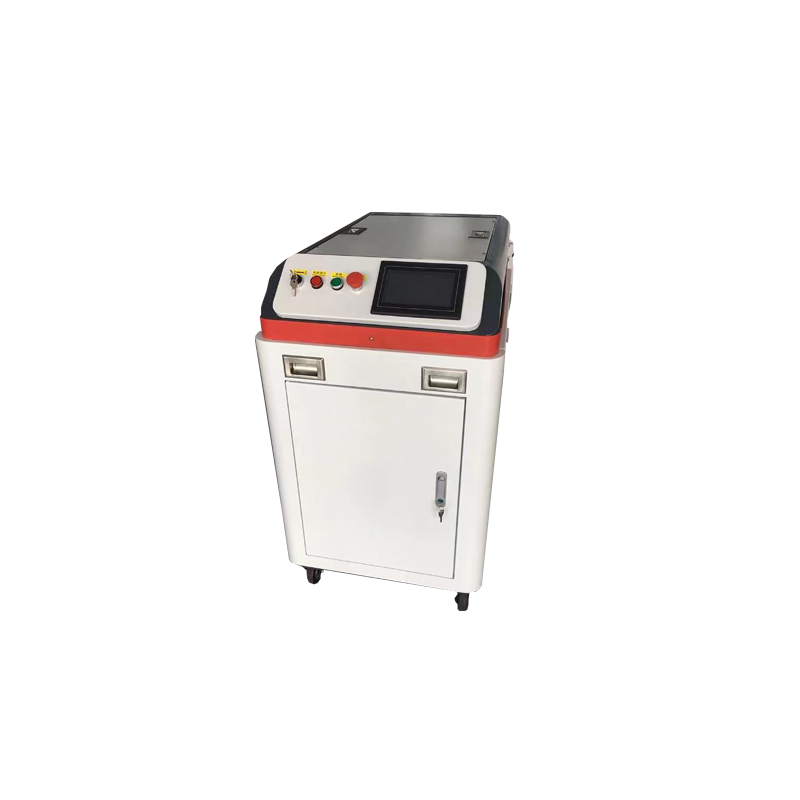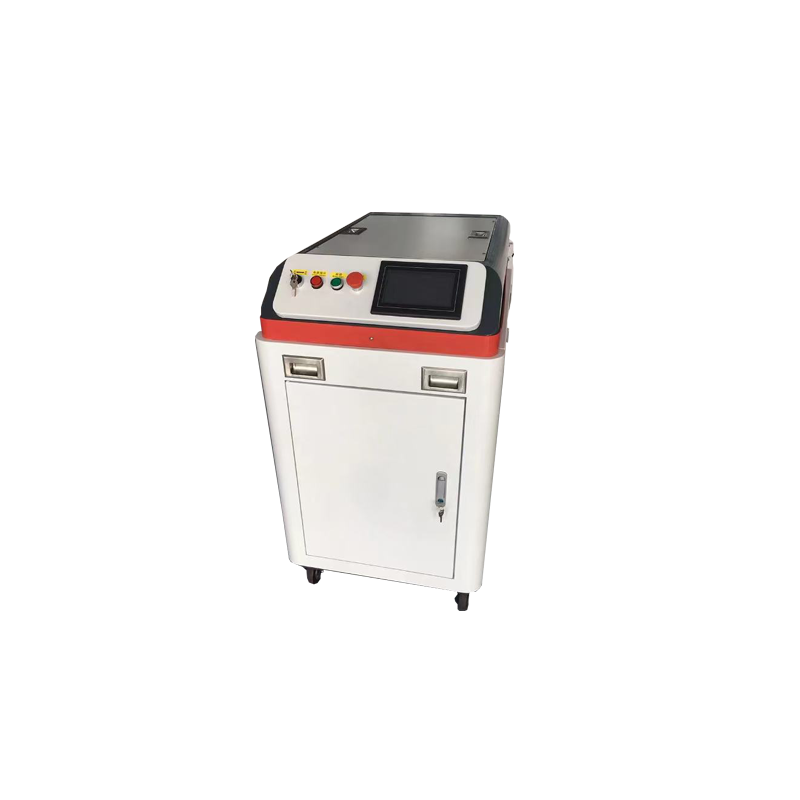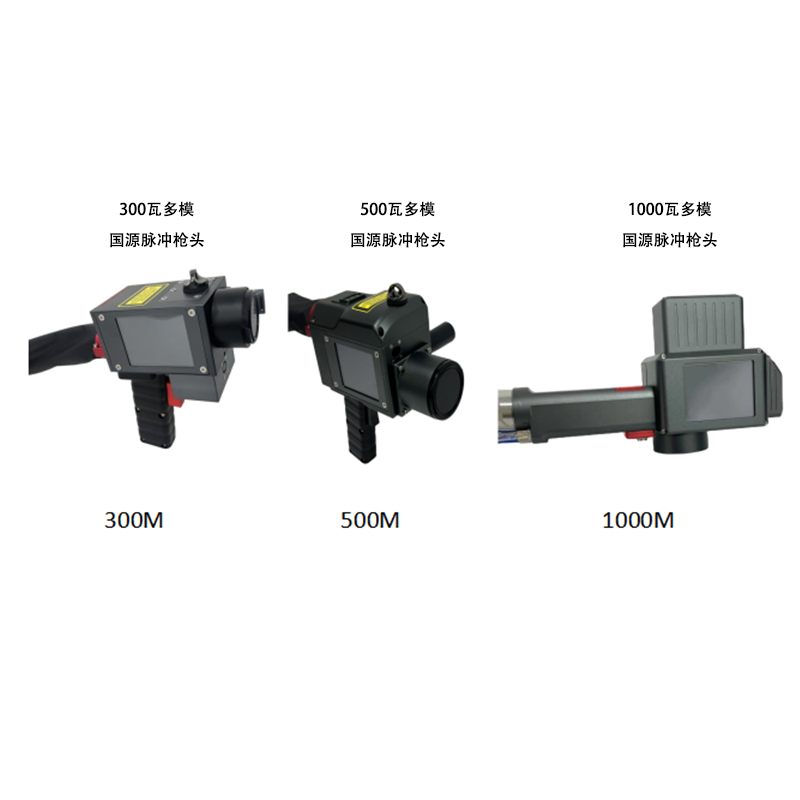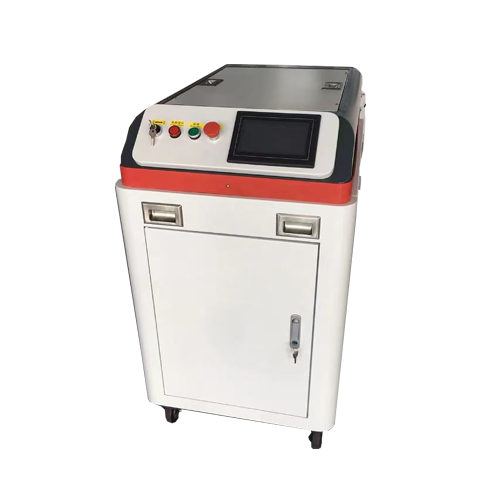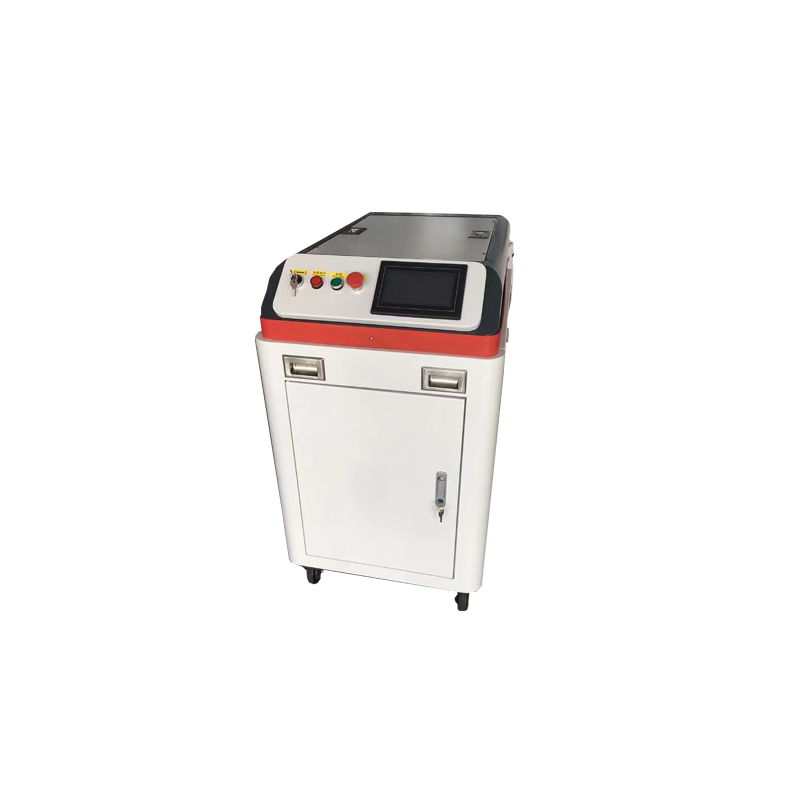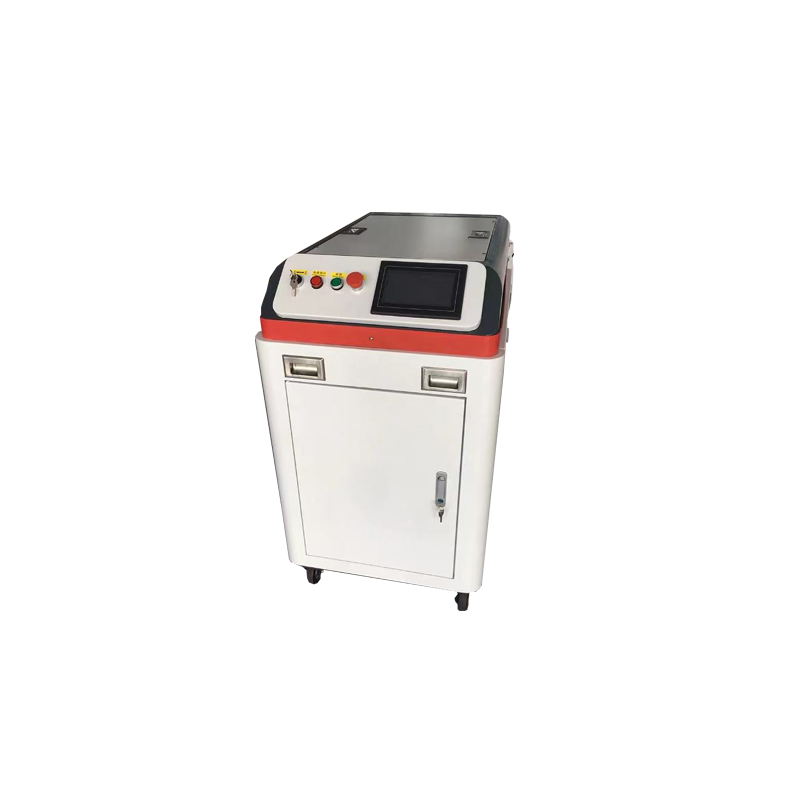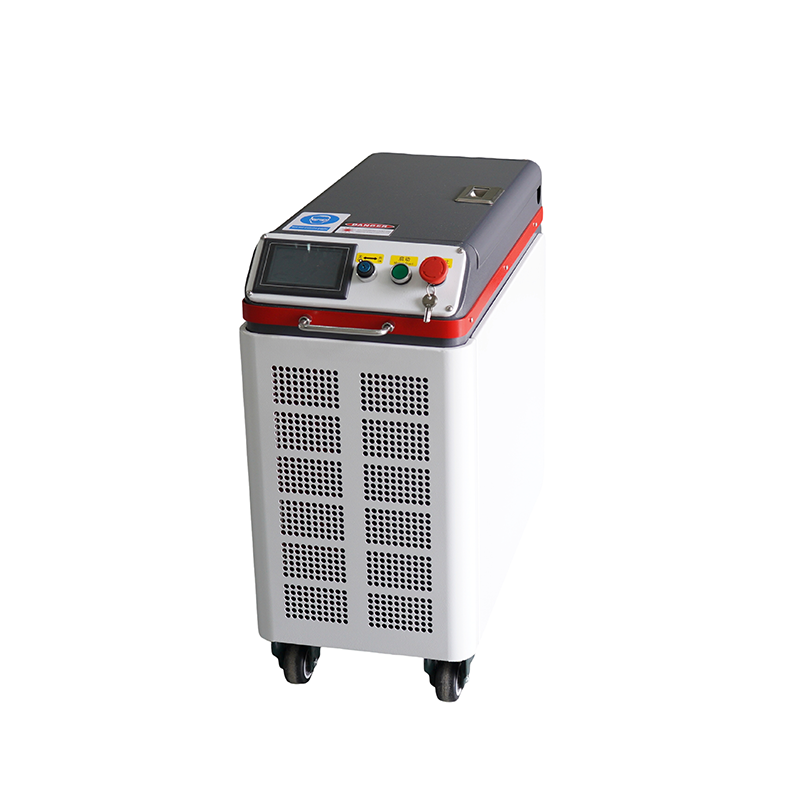Of course. Here is a detailed explanation of using a Pulse Laser Cleaning Machine for cleaning paint surfaces, covering how it works, its advantages, applications, and key considerations.
Pulse Laser Cleaning Machine for Paint Surface Cleaning
Pulse laser cleaning is an advanced, non-abrasive, and eco-friendly technology used to remove paint, coatings, rust, and contaminants from various surfaces. It is highly precise and has become a preferred method in restoration, aerospace, automotive, and manufacturing industries.
How It Works: The Science Behind the Clean
The process is based on the principle of selective photothermal ablation. Here’s a step-by-step breakdown:
Pulsed Energy Delivery: The machine generates short, high-intensity pulses of laser light (typically in the nanosecond range).
Energy Absorption: The laser beam is directed at the painted surface. The wavelength of the laser is carefully chosen to be highly absorbed by the paint (the contaminant) but poorly absorbed by the underlying substrate (e.g., metal, stone, composite).
Rapid Thermal Expansion: The absorbed laser energy causes the paint layer to heat up almost instantaneously. This rapid heating creates a thermal shock.
Vaporization and Plasma Formation: The intense heat causes the paint to vaporize or turn into a plasma (a state of ionized gas) at the point of impact.
Shockwave Ejection: The expansion of the vapor and plasma generates a microscopic shockwave that forcefully lifts the remaining paint particles off the underlying surface without causing damage.
Fume Extraction: A built-in vacuum system immediately captures the ejected particles, leaving a clean surface and ensuring no airborne contaminants.
The key is the ultra-short pulse duration. The energy is delivered faster than the heat can transfer to the substrate, preventing heat damage to the base material.
Key Advantages of Laser Paint Cleaning
Compared to traditional methods like sandblasting, chemical stripping, or abrasive grinding, laser cleaning offers significant benefits:
Non-Contact and Non-Abrasive: The laser beam does not touch the surface. There is no mechanical wear, no media embedding (like grit from sandblasting), and no surface alteration.
Extreme Precision: The beam can be focused to a very small spot, allowing for selective paint removal (e.g., cleaning specific areas, serial numbers, or delicate patterns) without masking.
Eco-Friendly and Safe: The process eliminates the need for harsh chemicals, solvents, or abrasive media. The waste is captured as fine dust, which is much easier to dispose of responsibly.
Minimal Heat Affected Zone (HAZ): Due to the pulsed nature, heat buildup in the substrate is minimal, protecting the integrity of sensitive materials like thin metals or composites.
Automation Ready: Laser cleaning systems can be easily integrated with robotic arms or CNC gantries for consistent, high-throughput cleaning of complex parts.
Operational Efficiency: Reduced preparation time (e.g., no masking or media containment) and cleanup time lead to lower overall project costs.
Primary Applications
This technology is versatile and used across many sectors:
Aerospace & Aviation: Removing paint from aircraft fuselages, components, and engines without damaging the critical underlying aluminum or composite structures.
Automotive & Transportation: Stripping paint from car bodies (especially for restoration of classic cars), removing coatings from train bodies, and cleaning engine parts.
Historic Restoration: Gently and precisely cleaning paint, varnish, or soot from statues, monuments, and historical buildings made of stone, metal, or wood without eroding the original material.
Marine Industry: Removing anti-fouling paint and coatings from ship hulls and components in dry dock.
Manufacturing: Pre-weld and post-weld cleaning to remove paint and contaminants for better weld quality; preparing surfaces for new coatings or adhesives.
Important Considerations and Limitations
While powerful, laser cleaning is not a universal solution for every situation.
Substrate and Paint Compatibility: The effectiveness depends on the difference in absorption between the paint and the substrate. Some paint pigments or substrates may require specific laser wavelengths.
Initial Investment Cost: The upfront cost of a high-quality pulse laser cleaning system is significant, though the ROI is often justified through savings in labor, media, disposal, and downtime.
Safety: Laser safety is paramount. The process requires strict safety protocols:
Eye Protection: Specific laser safety goggles for the operating wavelength are mandatory for all personnel in the area.
Fume Extraction: The vaporized paint can produce hazardous fumes; proper ventilation and filtration are essential.
Enclosures: Industrial systems are often fully enclosed to prevent any stray radiation.
Speed vs. Thickness: Removal speed is inversely related to paint thickness. Very thick, multi-layer coatings will take longer to remove than a single thin layer.
Conclusion
Pulse laser cleaning represents a paradigm shift in surface preparation and paint removal. It offers an unmatched combination of precision, cleanliness, and material preservation. By effectively "zapping" paint away with light, it eliminates the drawbacks of traditional methods, making it an indispensable tool for modern industries focused on quality, sustainability, and efficiency.

